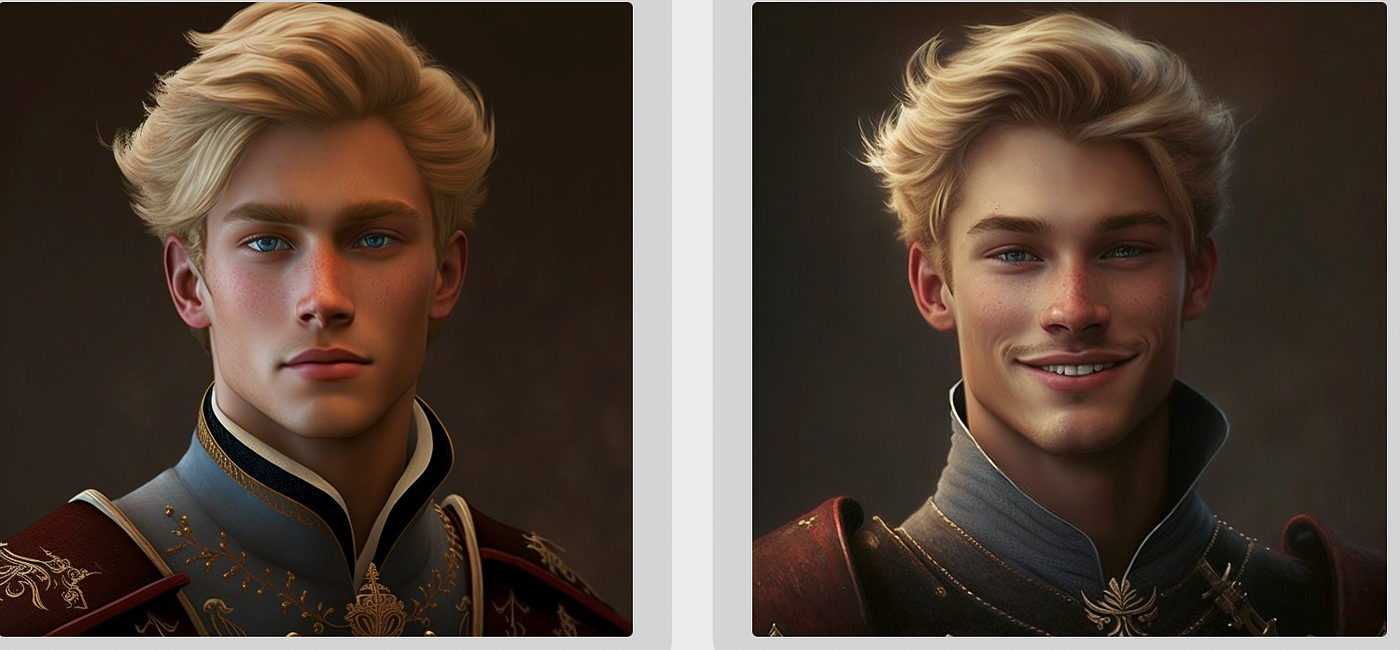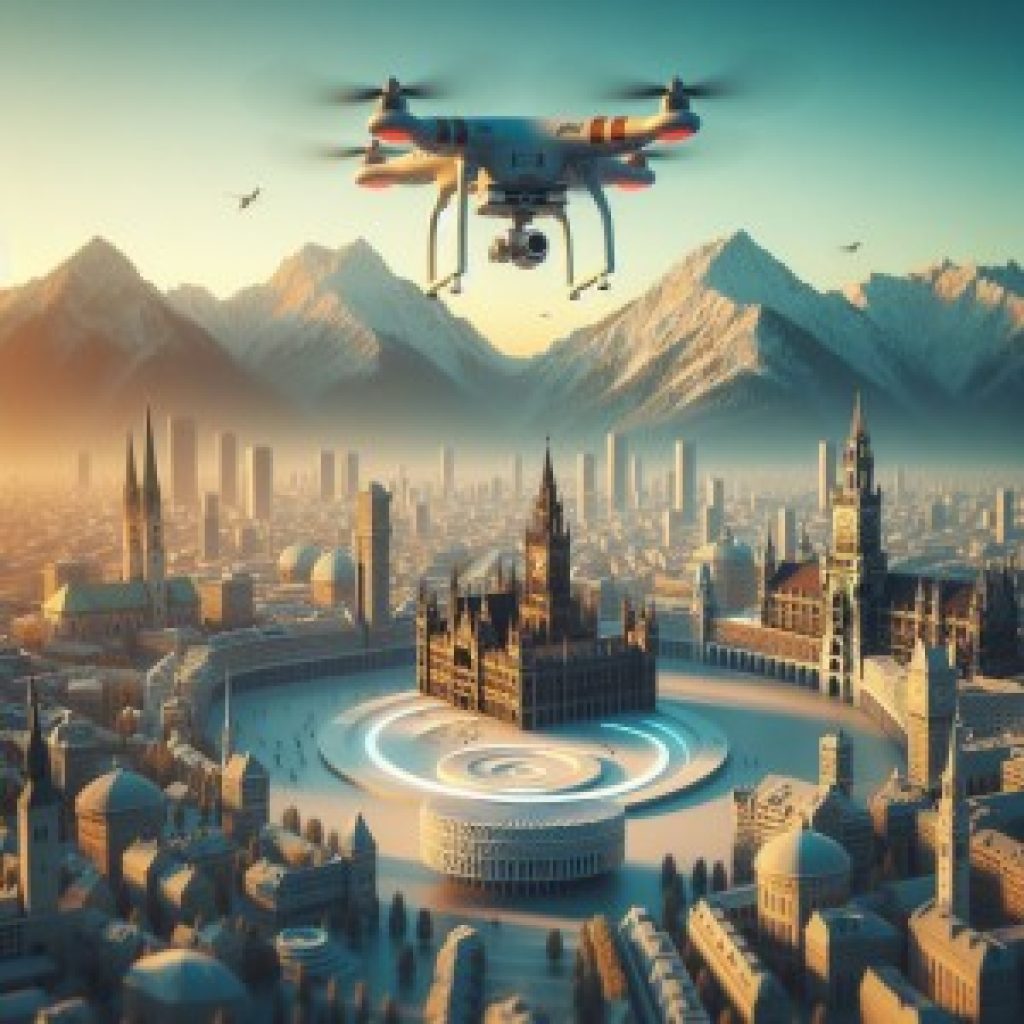Midjourney has upped its AI image generation platform with highly requested prompt features that can allow users to generate “consistent characters” in different requests.
The feature called “Character Reference” was announced on Midjourney’s Discord late Monday. With it, users can now generate images with consistent faces, hairstyles, and even clothing across styles and scenes, something most image-generating platforms currently lack.
How to Use Midjourney’s Consistent Character Feature
There are two commands key to using the new consistent character feature on Midjourney, namely –cref URL and –cw. The former stands for “Character Reference,” while the latter stands for “Character Weight.”
To call the function, users would have to type “–cref URL” at the end of their prompt with the URL of the target character to be replicated. The “Character Reference” (–cref) works similar to Midjourney’s style reference feature (–sref). However, it targets to match characters rather than matching the style.
Example of Prompt with –cref URL on Midjourney
Note: Image of our target character
Prompt: a lady holding a camera, –ar 4:3 –v 6.0 –cref [target image URL]
Result:
Example of Prompt with –cref URL and –cw on Midjourney
As the name implies, the Character Weight (–cw) parameter allows users to adjust the level of character detail to carry over from the target image. At strength 0 (–cw 0), Midjourney said it will just focus on the face (good for changing outfits/hair etc). However, at the default and higher value of 100 (–cw 100), it uses the face, hair, and clothes.
Prompt: a lady celebrating at a birthday party, party, –ar 4:3 –v 6.0 –cref [target image URL] –cw 100
Result:
Prompt: closeup portrait of a lady in a park, –ar 4:3 –v 6.0 –cref [target image URL] –cw 0
Result:
It’s worth noting that the new features aren’t 100% perfect. During our test, we had to repeat the prompt to find the closest match to our target character.
Midjourney also noted that the feature works best using characters made from its AI image platform. “It’s not designed for real people/photos (and will likely distort them as regular image prompts do),” the platform announced.





